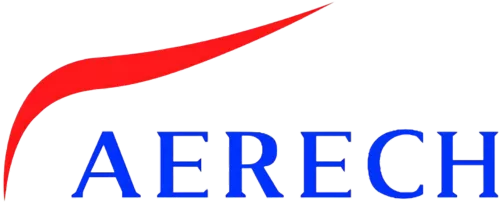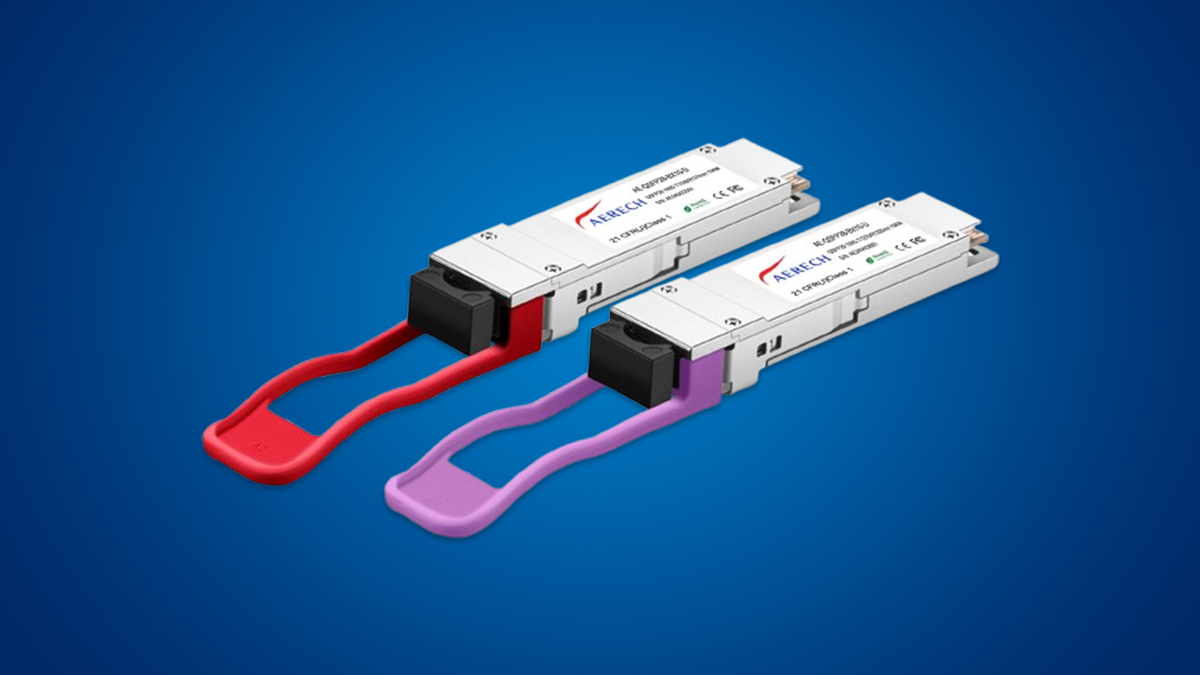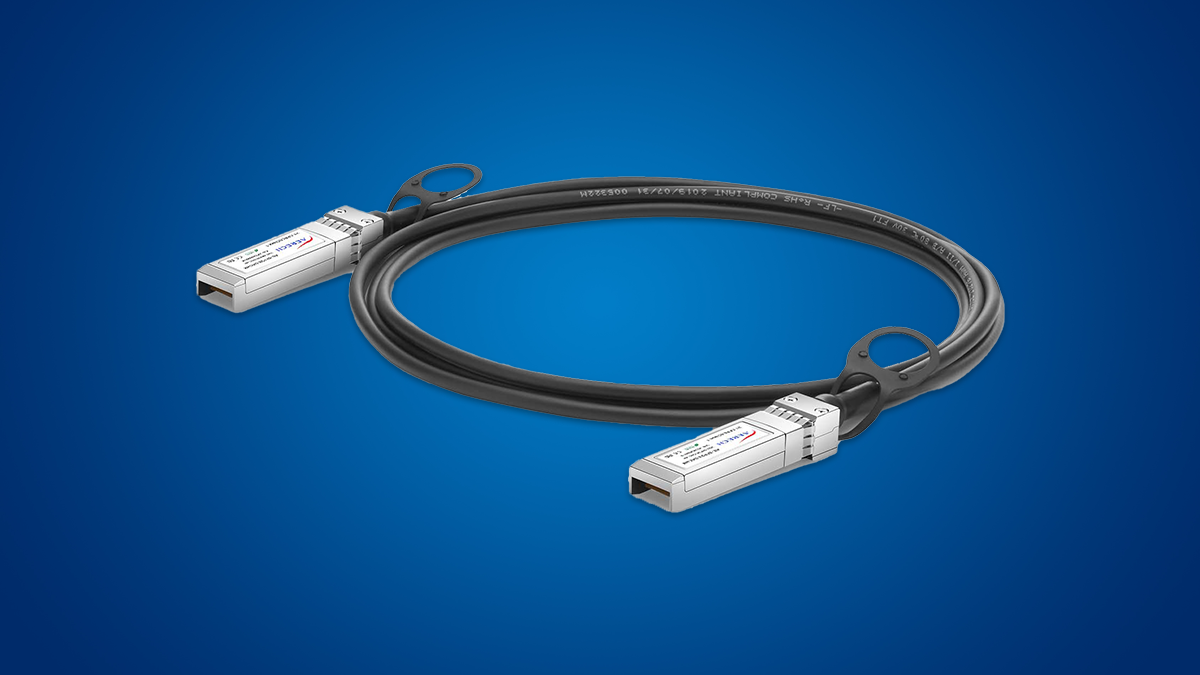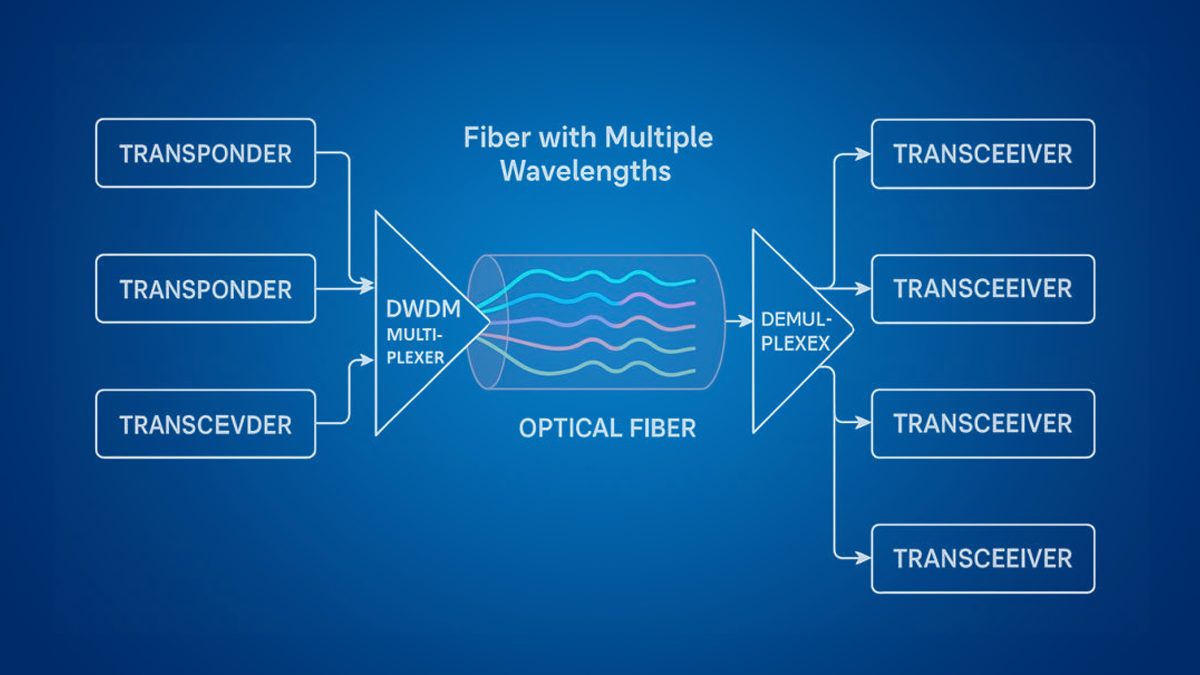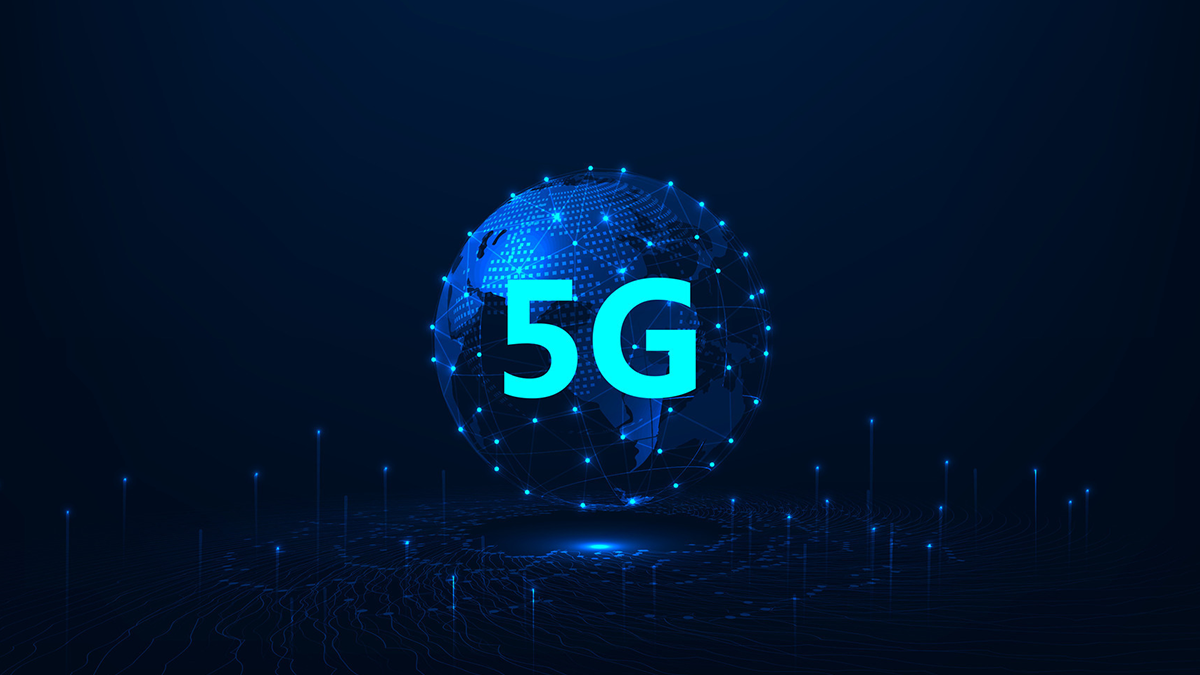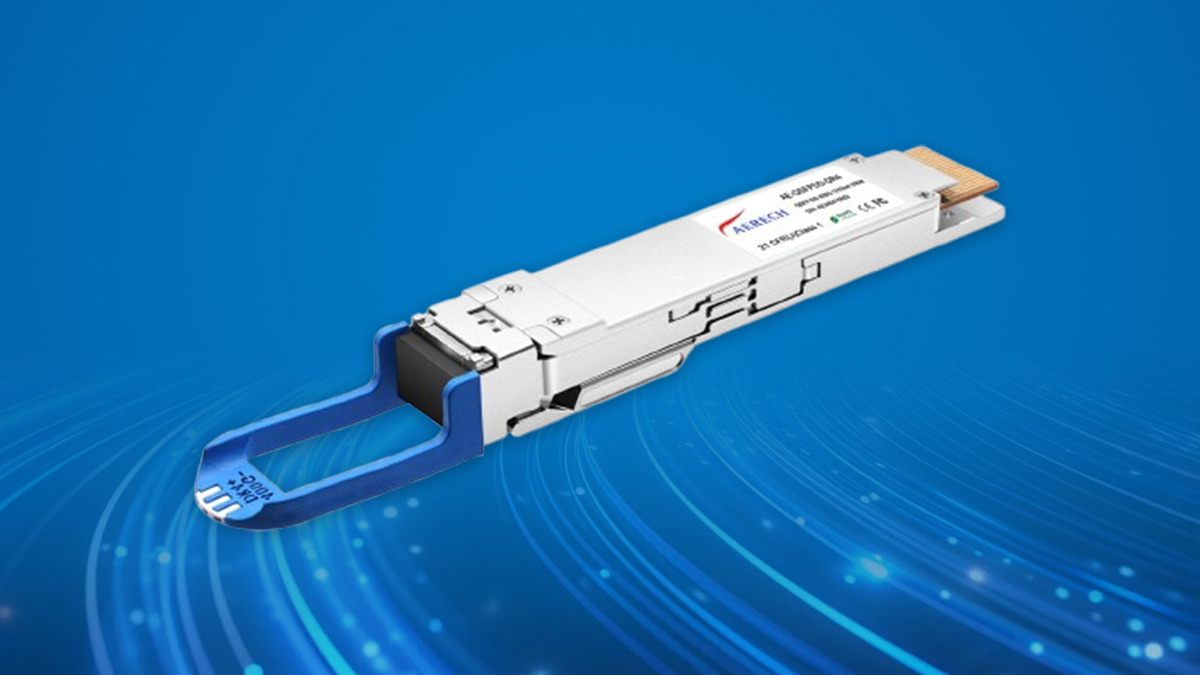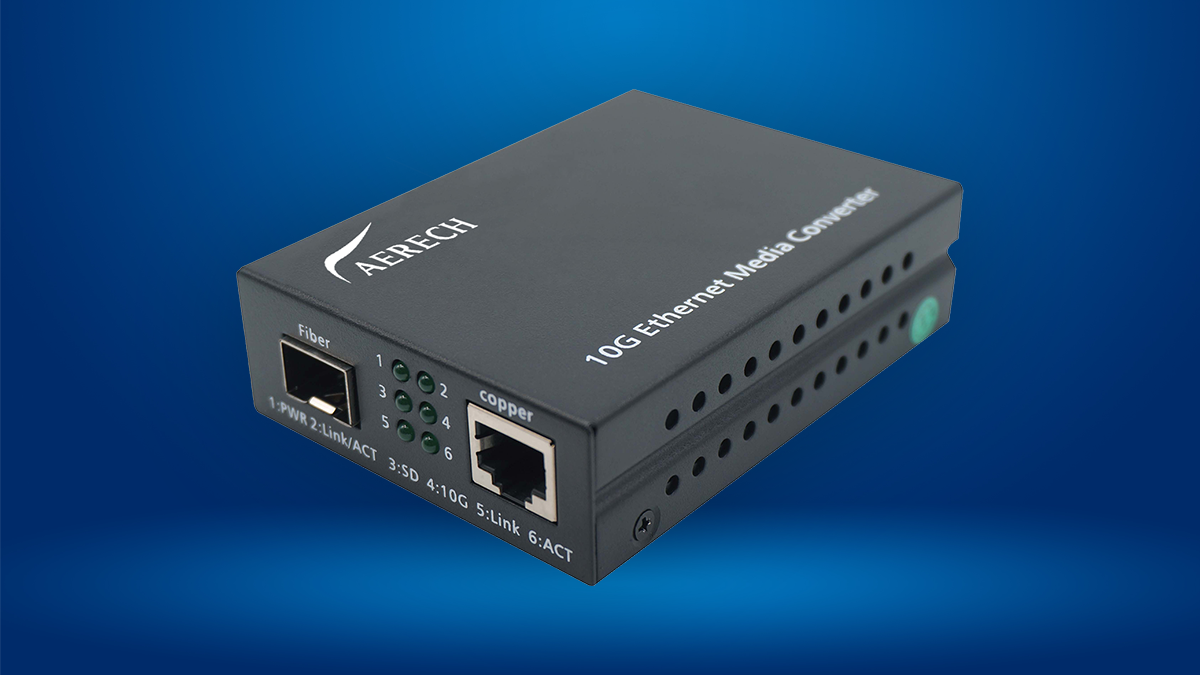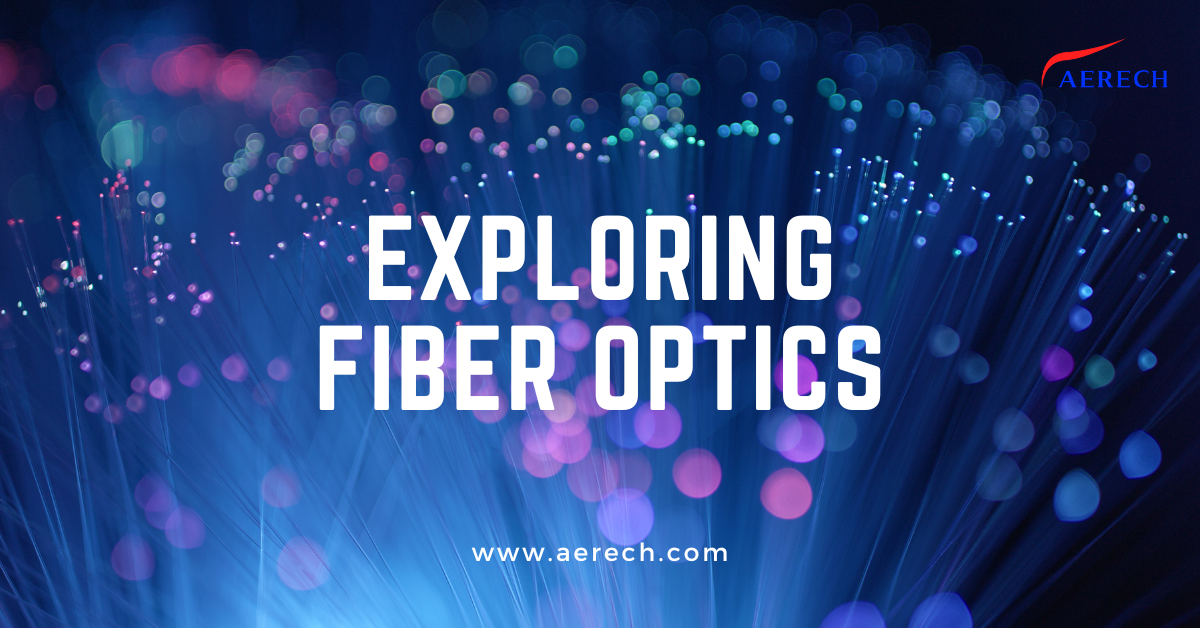광 네트워킹의 통찰력과 혁신: AERECH의 세계 탐험
업계의 최신 개발 상황을 파악하고 새로운 트렌드에 주목하세요.
블로그
100G Bidi QSFP28 장거리 네트워크 용 광학 트랜시버
The 100G BIDI QSFP28 optical transceiver (also called a 100G QSFP28 BIDI module or 100G QSFP28 single fiber transceiver) is a high-performance optical module that sends and receives 100Gigabit Ethernet (100GbE) traffic over a single strand of single-mode fiber (SMF). Using bidirectional Wavelength Division Multiplexing (WDM), each module transmits and receives on different wavelengths (for example, 1271 nm and 1331 nm for a 10 km link). This innovative design doubles fiber capacity and cuts cabling costs by about 50% compared to traditional dual-fiber QSFP28 transceivers. Despite using only one fiber strand with a simple LC connector, a 100G BIDI QSFP28 runs at full…
25G DAC 케이블은 무엇입니까??
Introduction In today’s fast-paced digital world, data centers need reliable, scalable, and cost-effective networking solutions. As bandwidth demands rise, 25G technology has become one of the most popular choices for cloud providers, enterprises, and telecom operators. Among the many interconnect solutions, 25G DAC cable stands out for its efficiency, affordability, and low latency performance.In this guide, we’ll break down what a 25G DAC cable is, why it matters for modern networks, how it compares with other options, and what you need to consider before deployment. 25G DAC 케이블은 무엇입니까?? A 25G DAC cable (Direct Attach Copper cable) is…
EDFA Technology and Applications in DWDM Systems
In the world of fiber-optic communication, Optical amplifiers play a crucial role in boosting signal strength over long distances. One of the most commonly used optical amplifiers is the Erbium-Doped Fiber Amplifier (EDFA). 이 블로그 게시물에서, we will delve into the technology and applications of EDFA in Dense Wavelength Division Multiplexing (DWDM) systems. Introduction to Optical Amplifier—EDFA An Optical Amplifier is a pivotal technology in the field of optical communication, designed to bolster the intensity of an optical signal without the necessity of its conversion into an electrical signal for amplification. Among the spectrum of optical amplifiers available, the…
Application Scenarios of Optical Modules
5G의 발전으로, 빅 데이터, 사물 인터넷, 클라우드 컴퓨팅과 인공 지능, 데이터 트래픽이 빠르게 증가하고 있습니다., 광통신의 시장 전망은 밝다. 광 모듈의 기능은 광전 변환입니다.. Optical modules are widely used in various industries. Aerech Networks will use this article to introduce you to the application scenarios of optical modules. Before introducing the application scenarios of optical modules, let me introduce you to the market segments of optical modules. (1) 이더넷: 근거리 통신망에서 주로 사용, connecting network hardware devices by sending and receiving data signals.…
400G QSFP-DD Optical Modules Introduction
As global data traffic surges, data center networks are shifting from 100G to 400G. 400G optical modules emerge as a cost-effective solution, boosting system performance, transmission rates, 대역폭, and cutting broadband costs. This article focuses on the 400G QSFP-DD optical module, covering its packaging, 애플리케이션, challenges, and future trends. Common 400G QSFP-DD optical module types 400G QSFP-DD SR8 The 400G QSFP-DD SR8 Transceiver is optimized for transmitting and receiving serial optical data links at an impressive 8 x 53.125Gbps data rate, utilizing the PAM4 modulation format over multi-mode fiber. With its MPO-16 connector, it supports multimode fiber links extending up…
미디어 변환기 소개
In today’s digital age, networks play a crucial role in connecting devices and facilitating seamless communication. 하지만, not all devices are compatible with the same network infrastructure. This is where media converters come into play. Media converters bridge the gap between different network types, allowing for smooth data transmission. 이 블로그 게시물에서, we will explore what media converters are, the benefits they offer, the different types available, factors that determine their cost, and how to choose the right media converter for your network. What is a Media Converter? A media converter is a networking device that enables the conversion…
광섬유 탐색: Aerech Networks의 종합 개요
Optical fibers, made from glass or plastic, serve as efficient tools for transmitting light using the principle of total internal reflection. Encased in a flexible plastic sheath, these fibers can bend without breaking, offering a robust solution for information transmission. This article explores the working principles, 종류, and applications of optical fibers, shedding light on their significant role in modern communication. Working Principle Optical fibers operate on the principle of total internal reflection, ensuring minimal signal loss during transmission. At one end, a light-emitting device, such as a light-emitting diode or laser, sends light pulses into the fiber, while a…
COB 대. BOX 포장 트랜시버 광학: 포괄적인 비교
Explore the differences between COB (Chip-on-Board) and BOX (Airtight Package) packaging for high-speed optical transceivers in data centers. Learn about COB and BOX basics, 애플리케이션, 그리고 장점. Compare pricing, 신뢰할 수 있음, suitable transceiver types, size, manufacturing complexity, 그리고 더. Optimize your data center upgrade with insights from Optcore.
